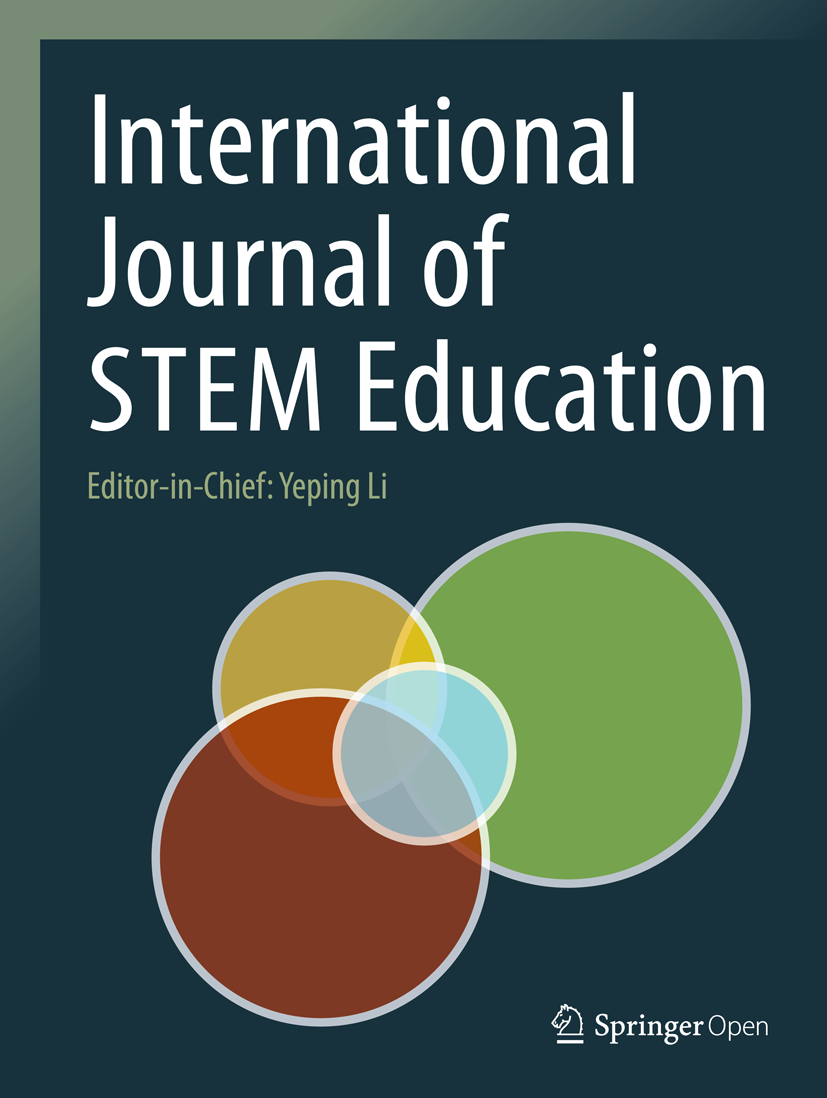学生对 A-Level、本科和研究生阶段 "STEM 归属 "概念的看法:对学生描述中的性别和种族的考察
IF 8
1区 教育学
Q1 EDUCATION & EDUCATIONAL RESEARCH
引用次数: 0
摘要
女性和少数族裔在某些 STEM 领域的代表性历来不足。因此,有必要了解影响学生在 STEM 领域坚持学习的因素,并从不同社会人口背景的学生口中了解 STEM 归属感的含义,以确保学生在 STEM 领域的公平性,提高他们对该领域的归属感。为此,本研究汇集了英国学生的观点,试图在更广泛的融合背景下更好地理解 STEM 归属感的概念。通过对 313 名来自不同社会人口背景的数学、物理和化学 A-Level、本科生和研究生的声音进行归纳式主题分析,结果表明,与男生相比,大多数女性、非二元性别、非白人和第一代学生将 STEM 归属感定义为 "在 STEM 社区和环境中感到安全和舒适"。参与者将这一主题定义为个人所属的团体/社区/学习环境、与该领域人员的互动以及这种参与/互动所产生的舒适感。学生们强调了创建一个支持性和欢迎性的 STEM 环境的重要性,这样才能让个人有宾至如归的感觉,并为各种身份、性别、种族和背景的人创造一个安全舒适的 STEM 环境。根据参与者的回答,本研究还将 STEM 归属感的概念划分为四个阶段:"适应阶段"、"融入阶段"、"连续阶段 "和 "过渡阶段"。构成 STEM 归属概念的这四个阶段是连续的、相互关联的。研究得出的结论是,人与人之间的联系(或强或弱),STEM 归属感的概念是在与 "自己 "和 "他人 "的互动中形成的,而 "自己 "和 "他人 "对 STEM 领域有着共同的热情和兴趣。尽管个人在科学、技术、工程和数学领域有内在动力和个人动机(即复原力、对自己的能力/才干和好奇心的信念等),但社会决定因素(即从科学、技术、工程和数学社区成员那里获得足够的支持、社会资本和社会凝聚力等)也在影响个人的科学、技术、工程和数学归属感方面发挥着重要作用。本文章由计算机程序翻译,如有差异,请以英文原文为准。
Students’ perspectives on the ‘STEM belonging’ concept at A-level, undergraduate, and postgraduate levels: an examination of gender and ethnicity in student descriptions
Women and ethnic minorities have historically been underrepresented in some STEM fields. It is therefore important to understand the factors influencing students’ persistence in STEM fields, and what STEM belonging means from the voices of socio-demographically diverse students, in order to ensure equity among students in STEM fields and to increase their belonging to this field, which has not been clearly defined in the literature, and there is a lack of agreement about the definition of belonging itself. For this purpose, the perspectives of students in England are brought together in this study in an attempt to better understand the concept of STEM belonging within a broader context of integration. The inductive thematic analysis with the voices of socio-demographically diverse 313 A-level, undergraduate and postgraduate Mathematics, Physics, and Chemistry students showed that compared to male students, it was mostly female, non-binary, non-White, and first-generation students who defined STEM belonging as ‘Feeling safe and comfortable in the STEM community and settings’. This theme was defined by the participants as the group/community/learning environment in which the individual belongs, the interaction with the people in the field, and the comfort that this participation/interaction creates. Students stressed the importance of creating a supportive and welcoming STEM environment so that individuals can feel at home, as well as a safe and comfortable STEM environment for people of all identities, genders, ethnicities, and backgrounds. Based on the participants’ responses, this study also conceptualised the concept of STEM belonging as having four phases: the ‘adaptation phase’, the ‘integration phase’, the ‘continuum phase’, and the ‘transition phase’. These four phases which comprise the STEM belonging concept are consecutive and interconnected. The study concluded that all human beings are connected in a relational way (either strong or weak) and that the concept of STEM belonging develops as a result of interactions with ‘self’ and ‘others’ who have a shared passion and an interest in STEM fields. Although individuals have intrinsic motivation and individual prompts in STEM fields (i.e. resilience, beliefs in their capacity/ability and curiosity, etc.), social determinants (i.e. receiving adequate support from members of the STEM community, social capital and social cohesion, etc.) also play a significant role in influencing individual’s sense of STEM belonging.
求助全文
通过发布文献求助,成功后即可免费获取论文全文。
去求助
来源期刊

International Journal of Stem Education
Social Sciences-Education
CiteScore
12.40
自引率
11.90%
发文量
68
审稿时长
13 weeks
期刊介绍:
The International Journal of STEM Education is a multidisciplinary journal in subject-content education that focuses on the study of teaching and learning in science, technology, engineering, and mathematics (STEM). It is being established as a brand new, forward looking journal in the field of education. As a peer-reviewed journal, it is positioned to promote research and educational development in the rapidly evolving field of STEM education around the world.
 求助内容:
求助内容: 应助结果提醒方式:
应助结果提醒方式:


